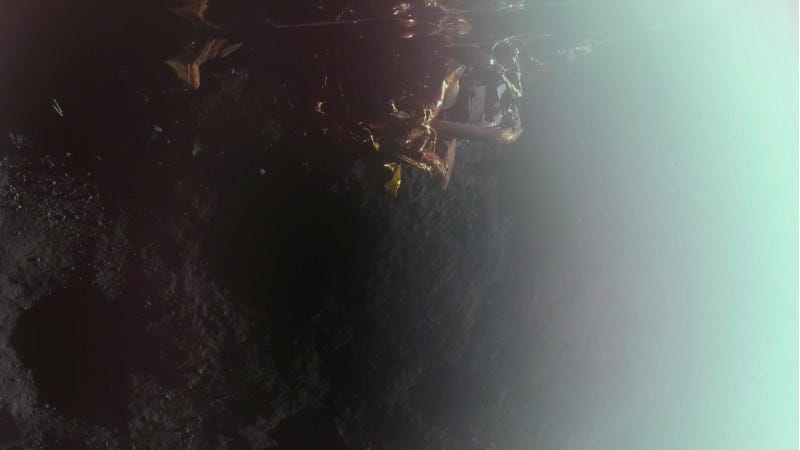Blue Ghost has Landed on the Moon
First Fully Successful Commercial Landing on the Lunar Surface
Blue Ghost Mission 1 ... dubbed by Firefly Aerospace as "Ghost Riders in the Sky"… has successfully landed on the Moon. The achievement marks the first time that a commercial company has achieved a fully successful soft landing on the lunar surface.
“With the hardest part behind us, Firefly looks forward to completing more than 14 days of surface operati…
Keep reading with a 7-day free trial
Subscribe to The Journal of Space Commerce to keep reading this post and get 7 days of free access to the full post archives.



